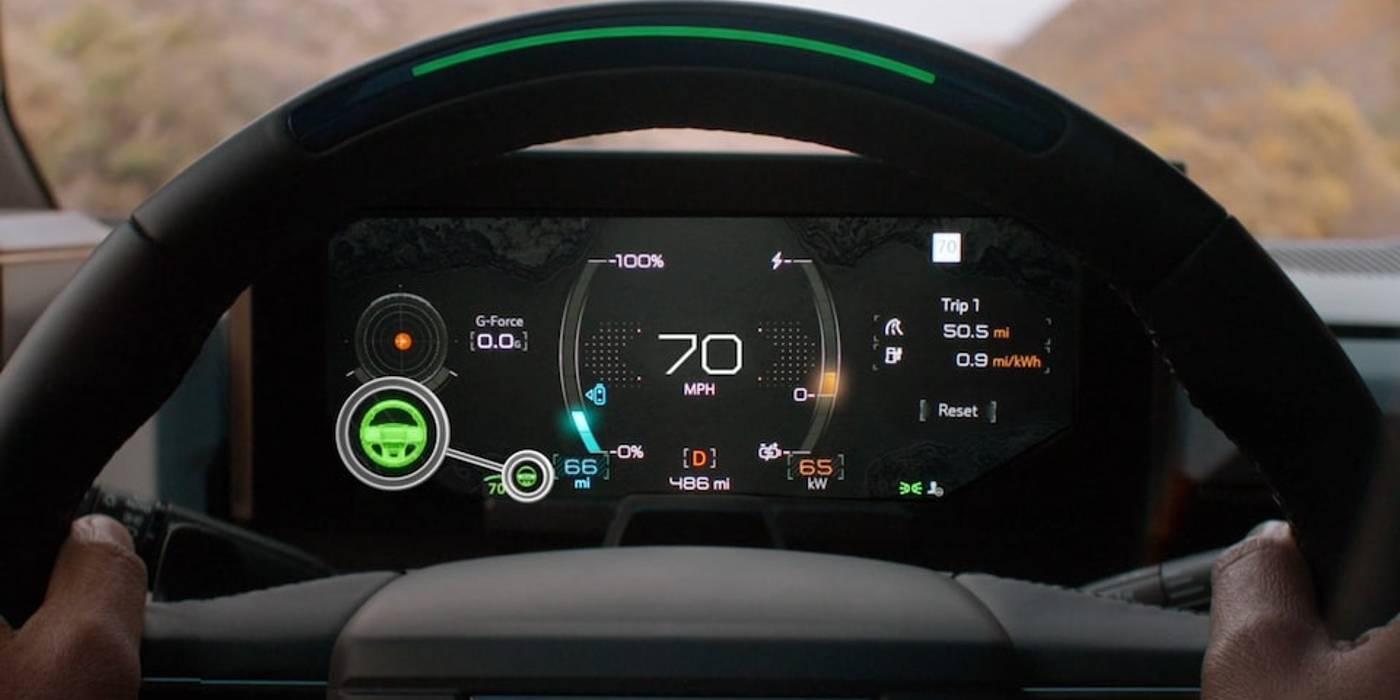EVs’ Driver Assistance May Not Become Fully Autonomous For A Long Time

While electric cars enjoy massive popularity in the market and media, there’s much to discuss regarding models getting autonomous driver assistance systems. It also doesn’t hurt to wonder how soon these cars start shipping to dealerships. With EVs comes a suite of technologies capable of not only delivering a better experience than a gasoline vehicle but optimizing driver safety. One of those innovations is the driver assistance feature which gets a different name for each automaker. Driver assistance tech is a worthy topic, especially when it demonstrates the future of mobility. Indeed, EVs are great for the environment and headline sustainability efforts. However, automakers believe that driverless cars will be the next big thing.
Unfortunately, it may take a while before consumers get introduced to autonomous vehicles on a commercial scale. This doesn’t mean there haven’t been some examples of self-driving cars. On the contrary, autonomous vehicle companies are constantly striving to develop the best and safest concept model that will, hopefully, enter production. However, there have been some bumps on that journey. In 2021, the state of California suspended Pony.ai’s self-driving test permit following a collision. Additionally, last year’s Paralympics was painfully punctuated by an incident involving a visually impaired athlete and Toyota’s self-driving vehicle called “e-Palette.”
While it’s been established that autonomous cars are the future of mobility, how true is it that they’ll need human assistance? Ideally, these vehicles will be engineered to perform every conceivable task, from braking to turning. It’s the belief that these artificial intelligence-driven technologies will lower the number of accidents and afford people with disabilities the opportunity to access next-gen mobility. However, an Autoblog article believes that self-driving cars can’t do without humans for now. Although they may possess the most advanced software, the ability to “predict and access risk quickly” still belongs to people.
The Future Of EVs’ Driver Assistance
Today, car manufacturers provide customers with different stages of autonomy in their driver assistance systems. For most automakers, Level 2 autonomy is standard. According to the Society of Automotive Engineers, there are five levels of vehicle autonomy. While EVs currently offer Levels 1 and 2, Levels 3 through 5 are concepts. However, Tesla may become the first automaker to debut Level 3 autonomous vehicles. Currently, it offers Autopilot (Basic and Enhanced) and Full Self-Driving packages. While the former is an advanced driver assistance system (Level 2), the latter comes with Level 3 abilities. Although Tesla boss, Elon Musk, said that his company wants to release FSD wide this year, Musk is infamous for making promises that sometimes never materialize.
EV automakers are mandated to inform customers that they must never neglect the steering even with the driver assistance active. This is because they haven’t attained full autonomy level and are likely to make incorrect decisions, thereby compromising the safety of drivers and passengers. Even with the “hands-free feature” that comes with General Motors’ Super Cruise, drivers are advised not to take their hands off the wheel at any point. Self-driving cars may eventually manifest, but until then, automakers’ driver assistance systems will be the standard offering.
Source: Autoblog


















